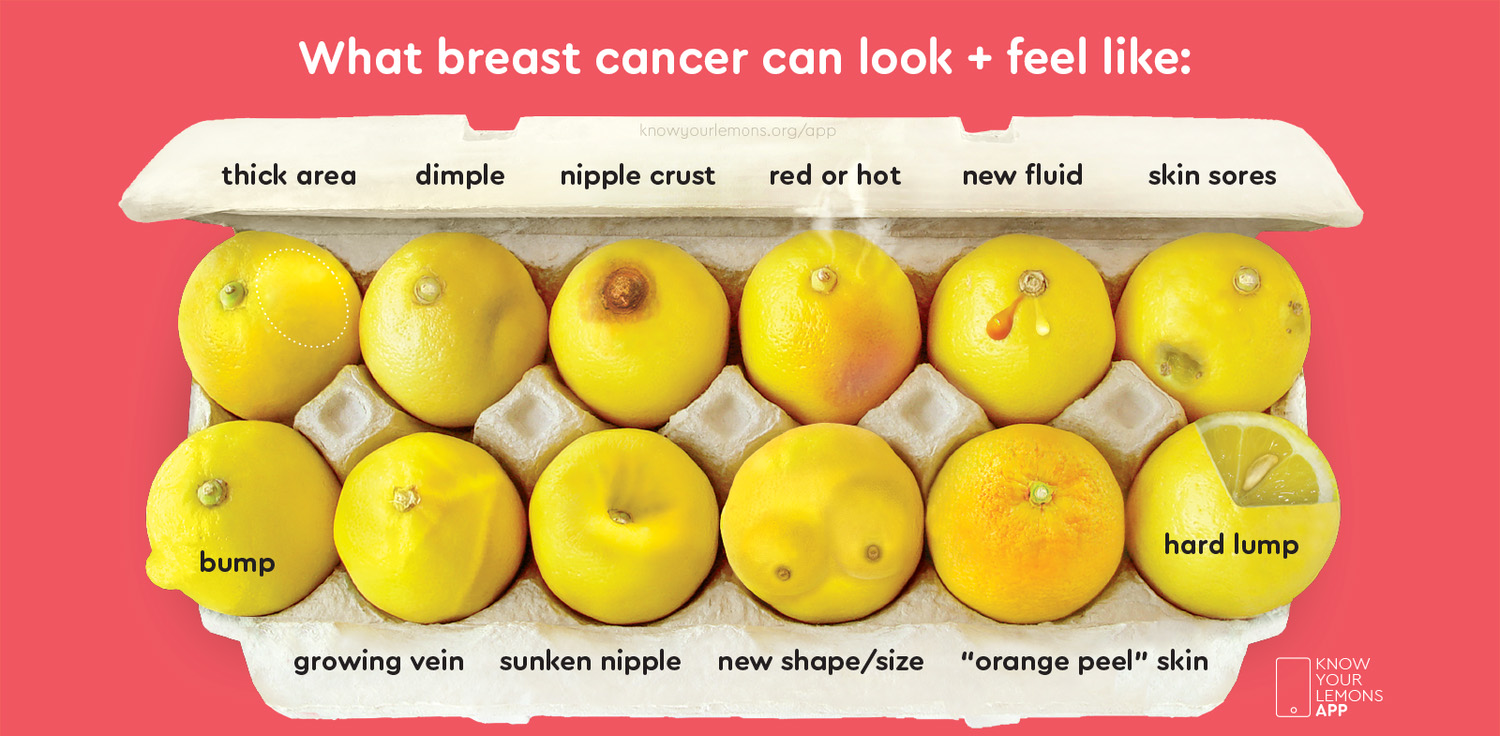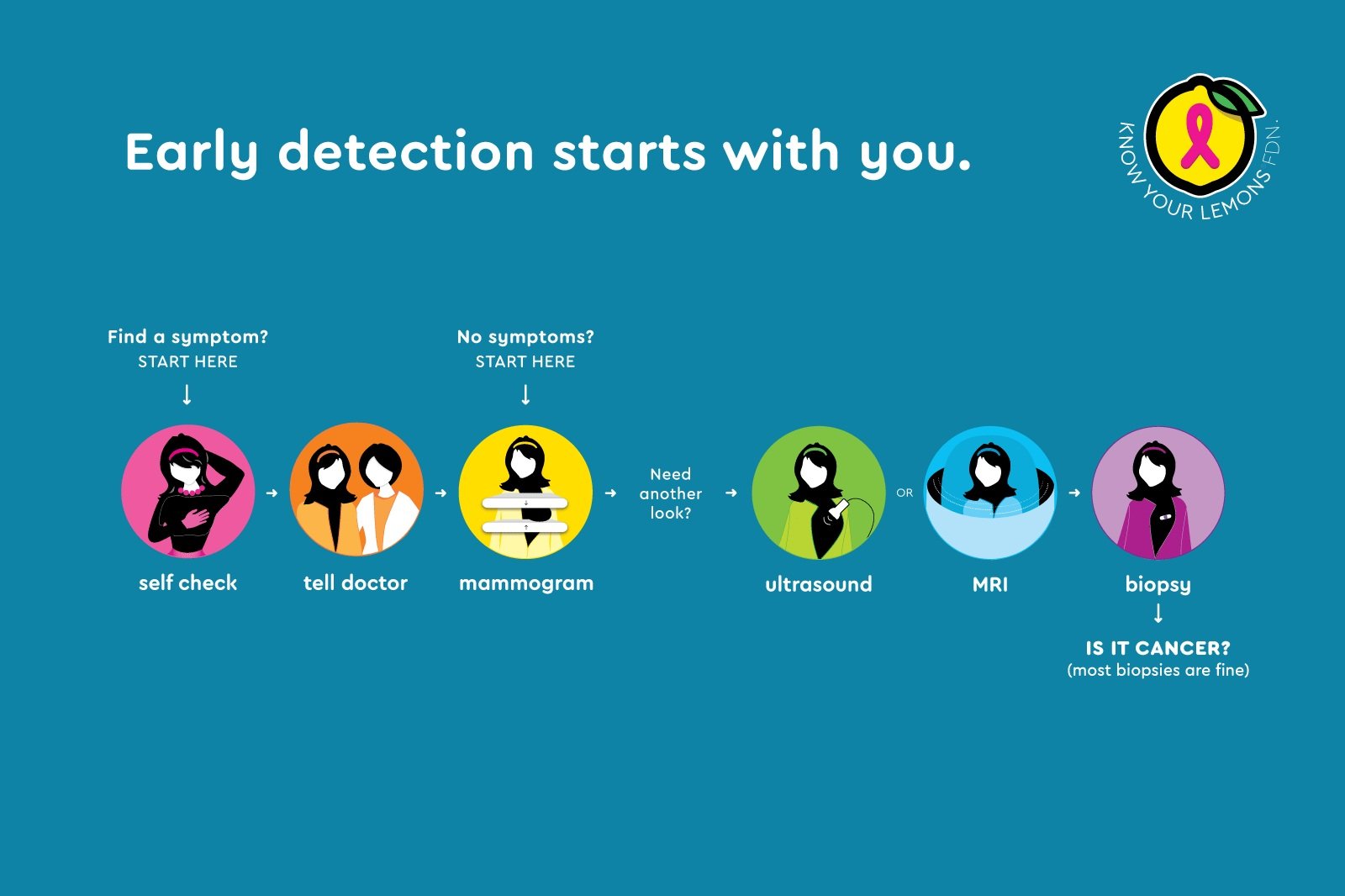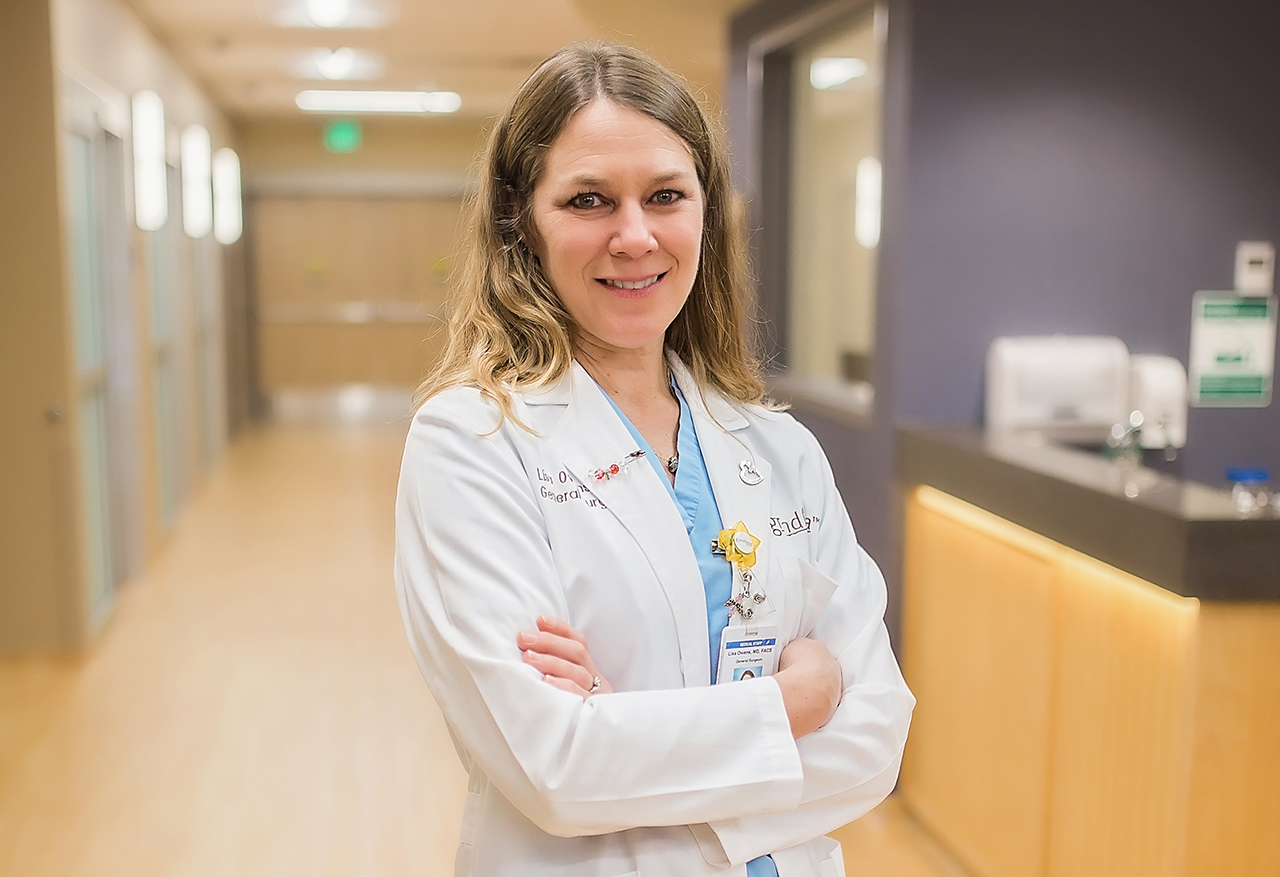
Latest News, Health and Wellness
5 Things You Should Do If You Find a Lump in Your Breast
- October 28, 2024
- By Staff Writer
Don’t Panic, Stay Calm
The first and most important step is to remain calm. Remember that many breast lumps turn out to be benign cysts or non-cancerous growths. Stress and anxiety can cloud your judgment, so take a deep breath, and try to keep your emotions in check.
Conduct a Self-Exam
Performing a breast self-exam can help you better understand the lump and its characteristics.
- Look at your breasts for any visible changes in size, shape, or skin texture in a well-lit room.
- Raise your arms overhead and look for the same changes.
- Gently feel your breast using different pressure levels.
- Pay attention to the lump’s location, size, shape, and whether it’s movable or fixed.
- Keep an eye out for other changes like nipple discharge, redness, or dimpling of the skin.
Keep a Record
It’s smart to keep a record of your findings. Write down what you noticed about the lump, including its size, shape, and location. Take note of any changes in your breast’s appearance or sensation over time. Bring this information with you when you meet with a healthcare professional.
Consult a Healthcare Provider
Regardless of your findings during the self-exam, it’s crucial to consult a healthcare provider. Schedule an appointment with your primary care provider or OB/Gyn. They will conduct a thorough examination, including a clinical breast exam, and may order additional tests like mammograms, ultrasounds, or biopsies to determine the nature of the lump.
Follow Medical Advice
Our Breast Care team will provide guidance based on their assessment and the results of any tests. If the lump is benign, you may need no further treatment or monitoring. If it is cancerous, your healthcare team will discuss treatment options, which may include surgery, radiation, chemotherapy, or hormone therapy.
Don't ignore it if you find a lump on your breast. While it can be a nerve-wracking experience, following these five steps can make a significant difference in your health outcome. Early detection saves lives, and Grand Itasca offers the latest mammography and biopsy technology.
To schedule an appointment with your primary care provider or OB/Gyn, call 218-326-7344. If it's time to schedule a mammogram, call 218-999-1602.

